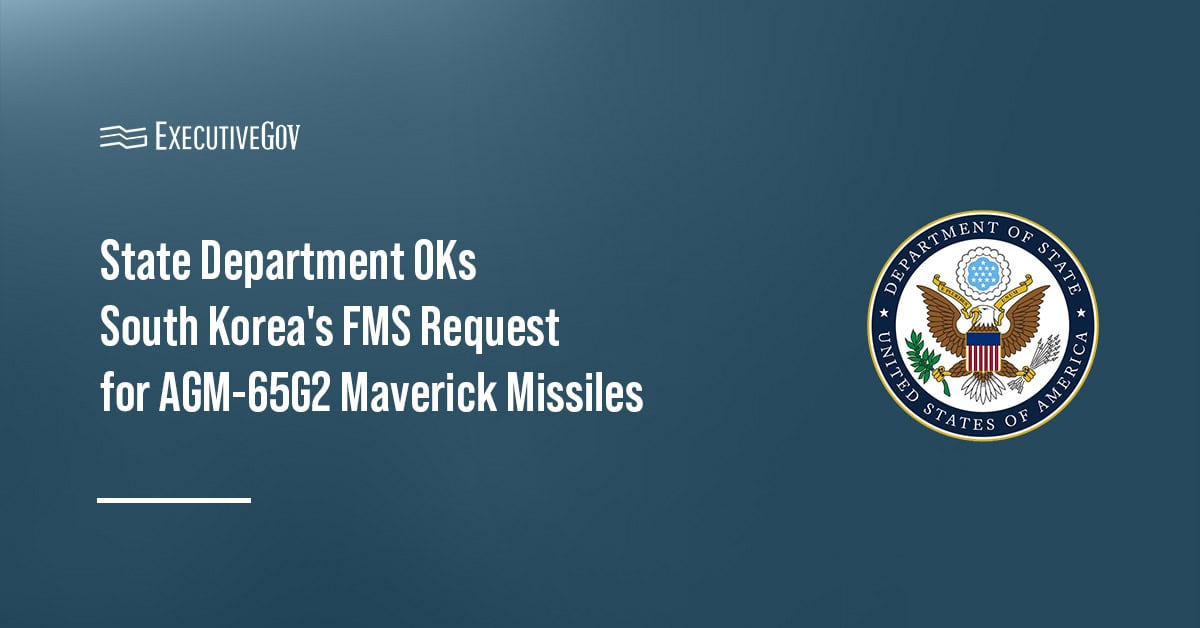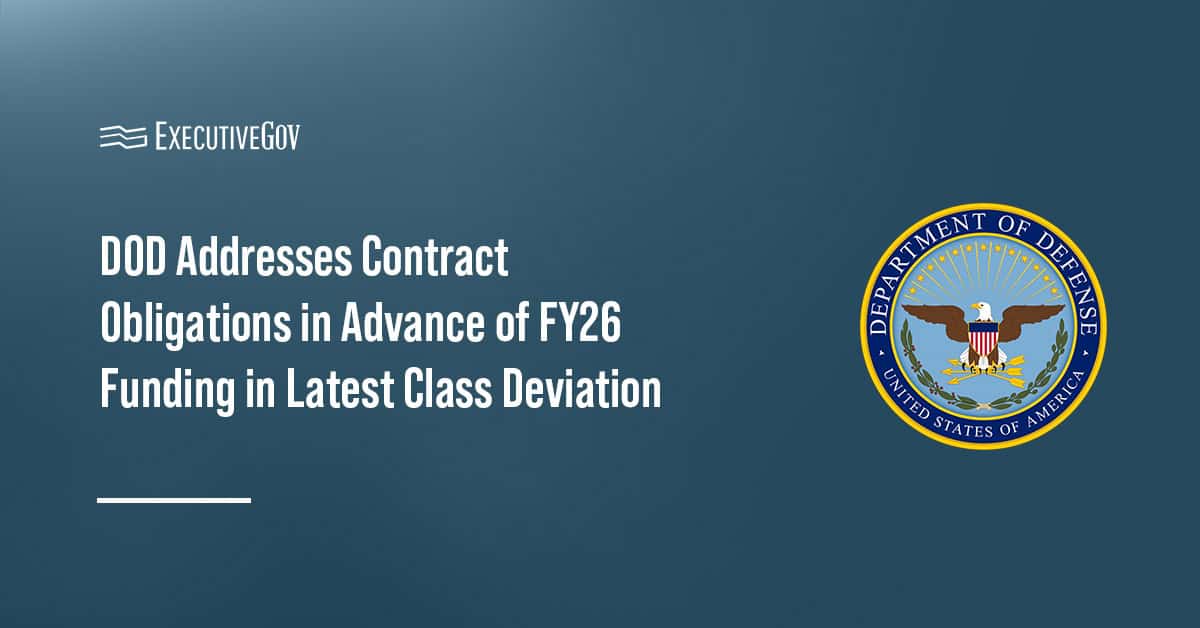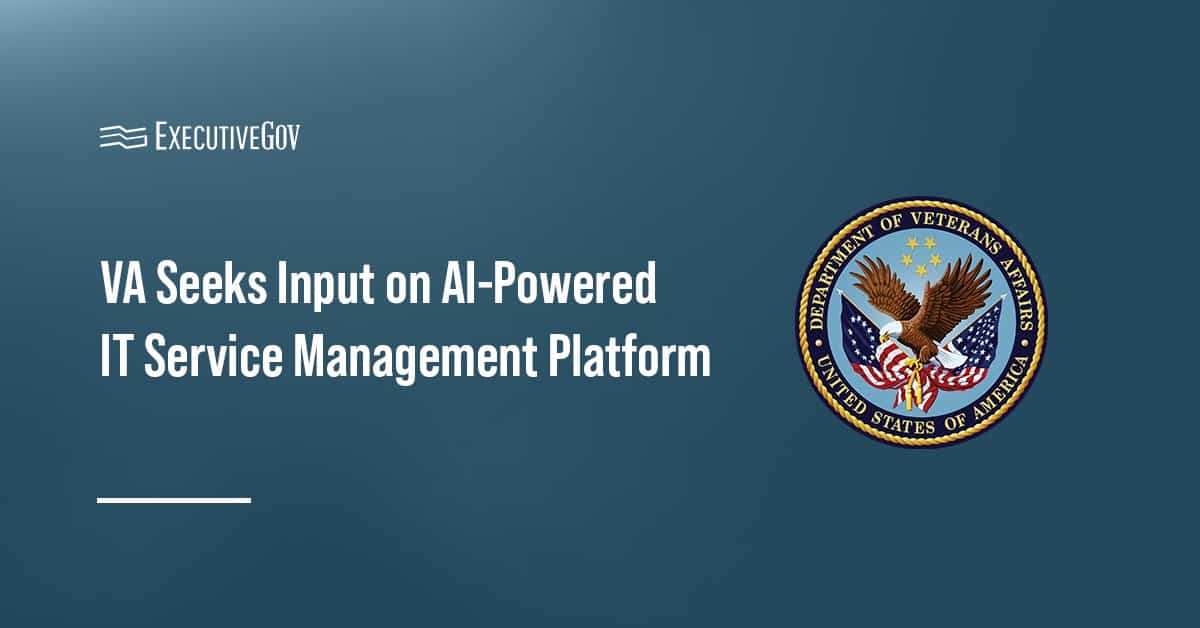
The Nuclear Weapons Council authorized development for the National Nuclear Security Administration’s (NNSA) effort to extend the W80-4 warhead’s service life.
NNSA, a unit of the Department of Energy, will work with the Department of Defense to develop and determine the final sustained design for the warhead via testing and analyses, the department said Thursday. The U.S. Air Force intends to use the warhead as a long range standoff cruise missile equipped on B-52 and B-21 aircraft.
Lawrence Livermore National Laboratory heads the design activities under the program, and Sandia National Laboratories manages the non-nuclear aspects of development. Los Alamos National Laboratory and Air Force Nuclear Weapons Center are among other contributors.





